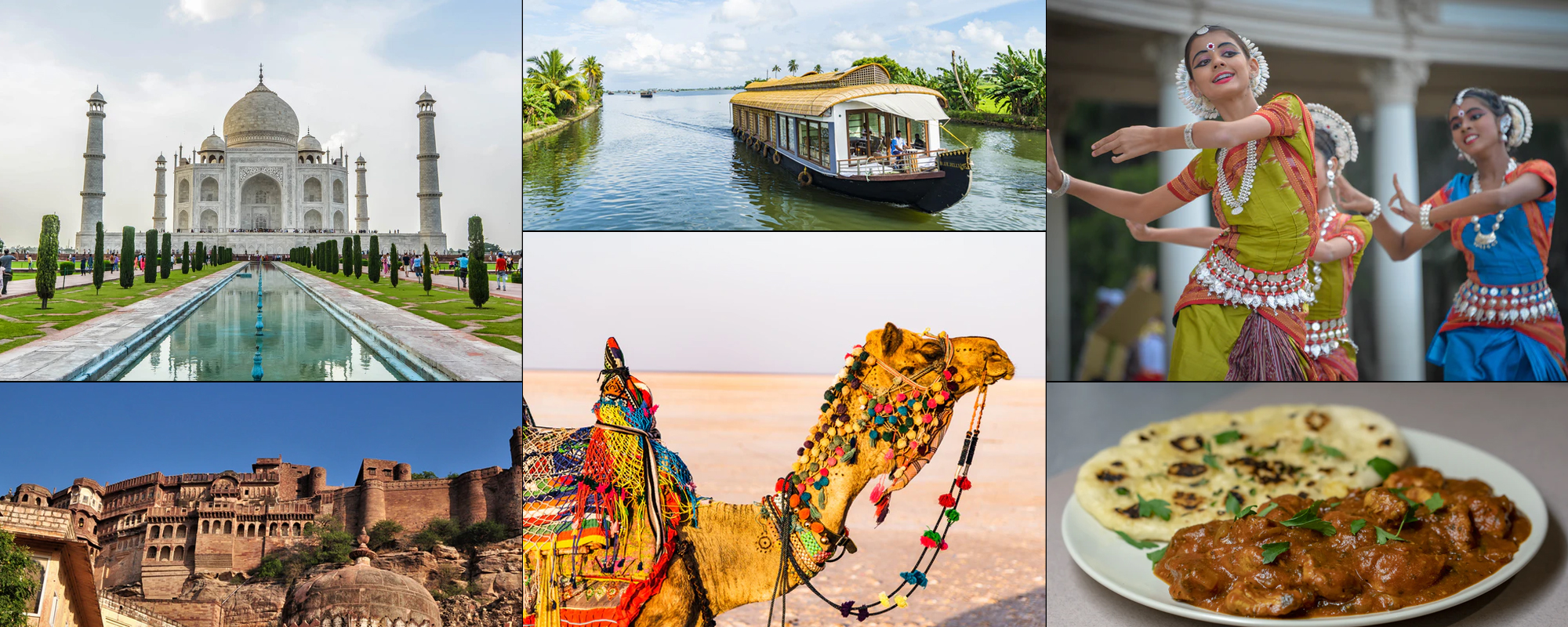
Madhya Pradesh, often called the heart of India, is not only known for its rich cultural heritage and historical landmarks but also for its exquisite handwoven textiles. Among these, the Maheshwari saris stand out as a symbol of elegance, tradition, and artistry. This weaving tradition has been nurtured for centuries and continues to weave stories of craftsmanship and heritage that are passed down through generations.
The history of Maheshwari saris dates back to the 18th century when Queen Ahilyabai Holkar of the Holkar dynasty of Indore introduced this weaving tradition to the town of Maheshwar, located on the banks of the Narmada River. The saris were originally woven for the royalty and aristocracy, and their popularity soon spread across the region.
The Maheshwari sari is a testament to the skill and creativity of the weavers in Madhya Pradesh. The weaving process is intricate and time-consuming, involving several steps:
In recent years, Maheshwari saris have gained recognition on both national and international platforms. Organizations and government initiatives have played a crucial role in reviving and preserving this traditional weaving art. Efforts have been made to provide financial support, training, and marketing opportunities to the weavers.
The Maheshwari weaving community has also embraced sustainable practices. Many weavers are now using organic and hand-spun yarns, minimizing the use of chemicals, and focusing on eco-friendly dyeing techniques. These initiatives not only preserve the environment but also contribute to the promotion of sustainable fashion.
Maheshwari saris hold a special place in the cultural fabric of Madhya Pradesh. They are worn on various occasions, including weddings, festivals, and cultural celebrations. These saris symbolize tradition, heritage, and the rich cultural diversity of the region.
The weaving story of Maheshwari saris in Madhya Pradesh is a testament to the enduring legacy of Indian craftsmanship. These exquisite saris not only showcase the skill and creativity of the weavers but also represent the cultural heritage and traditions of the region. As these saris continue to weave their way into modern fashion and find appreciation worldwide, they remind us of the timeless beauty of handmade textiles and the importance of preserving traditional weaving practices for future generations.
Copyright 2012-2024 Indiamap Digital Private Limited. All rights reserved. Privacy Policy | Terms of Use